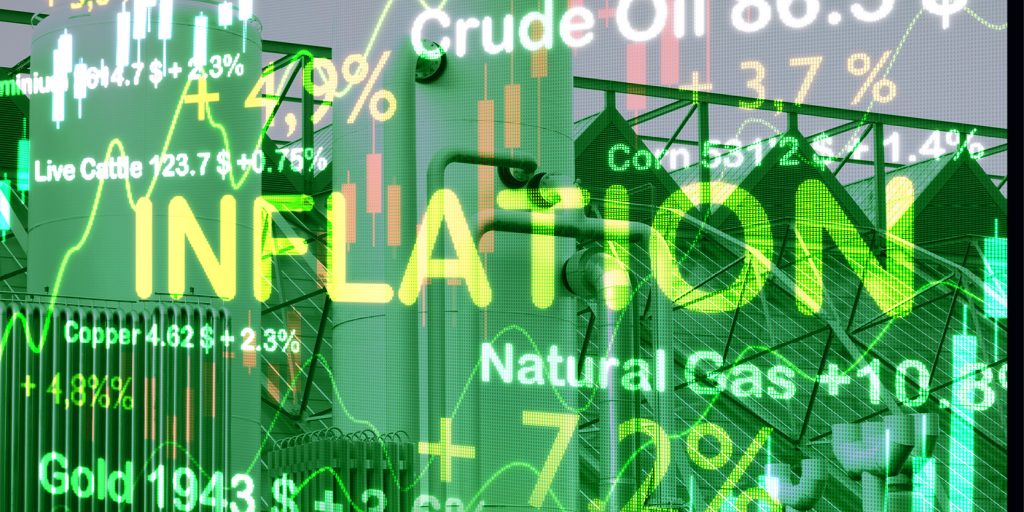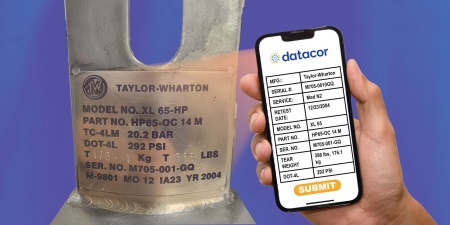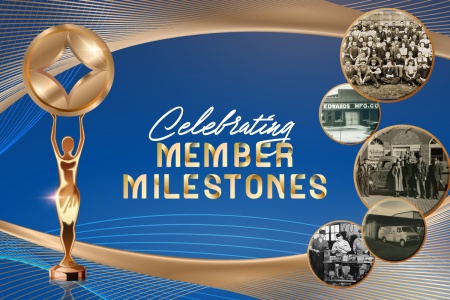We all know the drill. The management teams all assemble roughly eight-to-ten weeks prior to the end of the business year to review current business results and trends and begin forming budgets and forecasts for the new year about to commence. As more companies can now collect reliable data, the process becomes far more sophisticated and meaningful than the former method of extending a forefinger into the air to determine prevailing wind direction.
Forecasting season is behind us. GAWDA Media, in its First Quarter Issue, reported survey results from a reasonable sample of both Distributor and Supplier companies. Distributors forecast anywhere from a little over 9% growth in the East, to slightly over 5 points in the Central Regions. Suppliers are less optimistic, with their projections hovering in the 5% range. One can reason that distributor forecasts will be higher because of the influence of gases and rental revenue, whereas most suppliers surveyed are equipment and consumable supplies providers. Regardless, each segment suggests that over 50% of anticipated revenue growth will result from pricing pushed by yet uncontrolled inflation.
As GAWDA members convene in Philadelphia for the SMC, most will have the benefit of digesting first calendar quarter results. And, while no one can turn an Aircraft Carrier on a dime, there is time to make adjustments that can still deliver good results for a 12-month year.
The question each manager will ask is “What is working, and what is not?”
It’s easy to identify some things that are NOT working. Specifically, we cannot return to approaches used pre-pandemic. Remote working forced all to adopt and rely on electronic connectivity. Our products began moving through channels that were already established. In the industrial products distribution vertical, companies like Grainger, Fastenal, and MSC immediately gained market share simply by having electronic links already in place. Of course, Amazon Business quickly filled its portfolio with products from many GAWDA manufacturing members.
How Did We Respond?
Packaged gases distributors with any significant gases volume are observing a major shift in emphasis by their Global Suppliers. It is the proper focus on the enormous contribution they can make to the World’s need for renewable energy. Many of the International Gas producers are involved in partnerships with the major energy companies. The goal is to leverage the enormous natural gas resources trapped under the earth’s surfaces and use them in the development of useable Hydrogen-related alternatives. All of the combined energy that solar panels and wind turbines can offer will never come close to the level of energy hydrogen related sources can provide. As disappointing as it may be to advocates, Executive Orders cannot force the sun to shine or the wind to blow. Therefore, the higher degree of focus Major Gas Companies used to have on supplying molecules to distributors has diminished. That will encourage packaged gases companies to continue filling the “voids” as the Majors redirect their collective energies. We have seen this develop over the last few years, even to the extent of distributors taking equity positions in production facilities. A “winning” strategy for packaged gases distributors is to build State of the Art Fill plants, take control of logistics by adding to their tanker fleet, and add research, medical, food service, CO2/Dry Ice, entertainment venues and other Specialty Gases to their portfolios. Likewise, distributors continue to expand their cylinder and liquid container fleets to maximize asset rental income.
Distributors also recognize that an ever-growing number of SKU identifiable hard goods items are passing through electronic commerce channels. The connections can be as simple as EDI exchanges, goods researched on supplier web pages and driven through punch-out platforms, or full blown B2B interfaces. Regardless of the means, additional equipment and supplies business is being diverted away from brick and mortar countertop sales in favor of some sort of electronic exchange. An ever-increasing number of GAWDA distributor members are seeking ecommerce solutions that can now be tailored to an individual need and manageable investment levels.
Many of the GAWDA manufacturing members met at the annual WEMCO meeting in San Juan. A significant question revolved around whether or not the traditional supply chain relationships between manufacturers and distributors would remain viable in an atmosphere wherein electronic business supply chains were gaining ever increasing prominence. The consensus of those attending was that B2B electronic transactions in the welding and gases distribution vertical was trailing other industrial products supply chains. Conference presenters identified a few reasons for these conclusions and suggested reasonable remedies.
It was documented that less than 40% of a manufacturer’s products are adequately displayed on the owner’s web site. Further, the quality of content display is inconsistent, and, in many cases, not sufficiently detailed for definitive research. Further, in the cases of packaged gases distributors, gases and associated gases delivery systems content is nearly non-existent; yet they represent between 50% and 70% of the distributors’ sales. This means that integrated electronic links between suppliers and their GAWDA distributor partners do not provide end users with a unified package of goods and services.
The lag in moving these systems collaboration forward resides in the fact that most distributor ERP platforms were specifically designed to manage gas sales, and track and record cylinder asset movement. They were never envisioned to connect directly with either end of the supply chain to enable electronic commerce.
There is some need for urgency. It is well documented across the Industrial products distribution sectors that once a manufacturer secures a smoothly performing ecommerce channel, the prospect of his returning to a former relationship is unlikely – confirming the adage of “DON’T MESS WITH SUCCESS!”
Lessons learned as suppliers and distributors move forward include improving both quantity and quality of syndicated web presence content, deploying API collaborated ecommerce platforms that allow for online connections between supply chain partner sites and consuming clients, and effectively marketing the progress. Through cooperative efforts, the value of supplier and local distributor coordination will better meet or exceed the customers’ expectations.
As we have learned over many years of confronting disruption, GAWDA member companies display an enormous level of resiliency. They will once again not only meet these challenges head on – they will reappear in a better place than they began.









